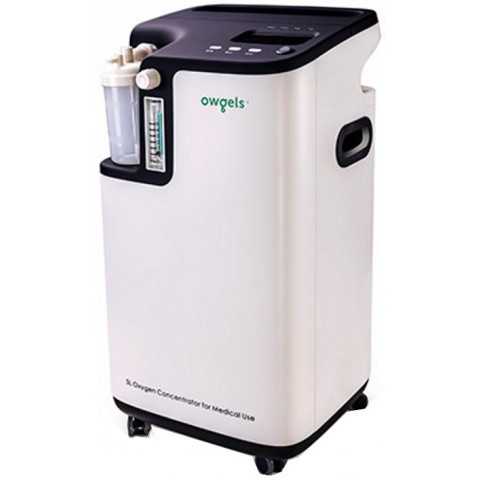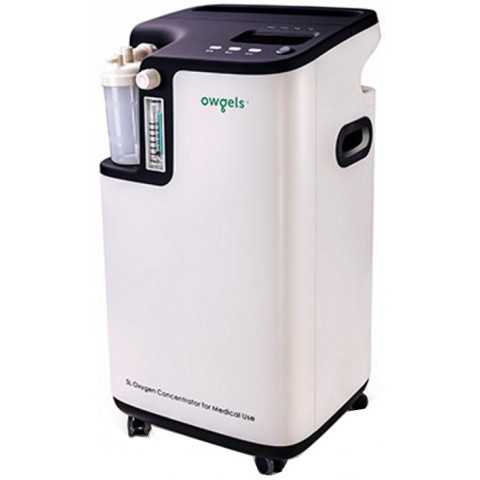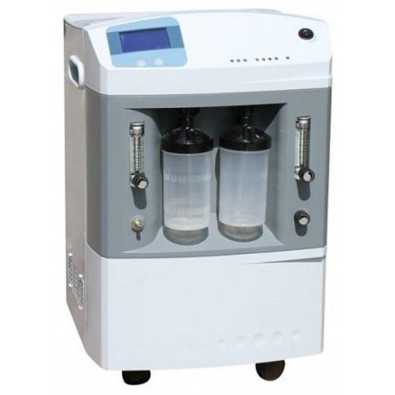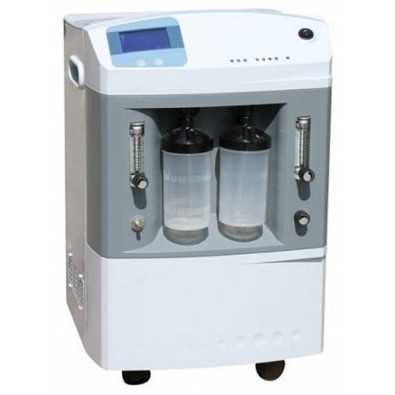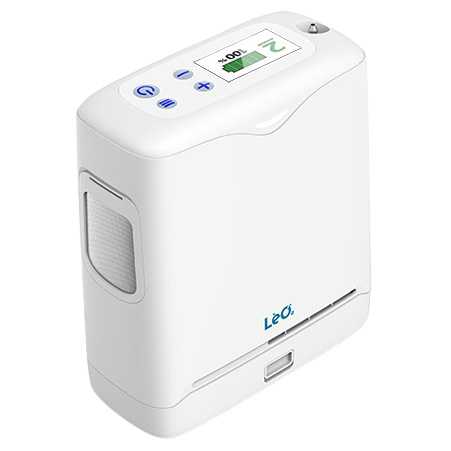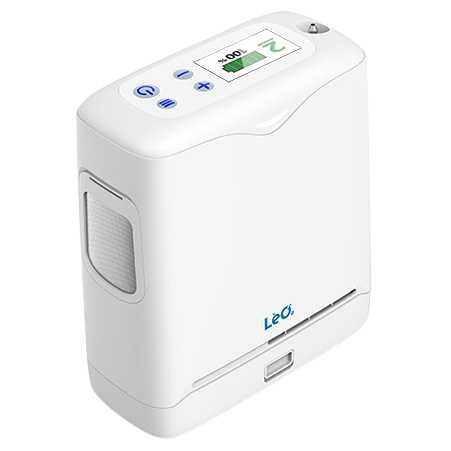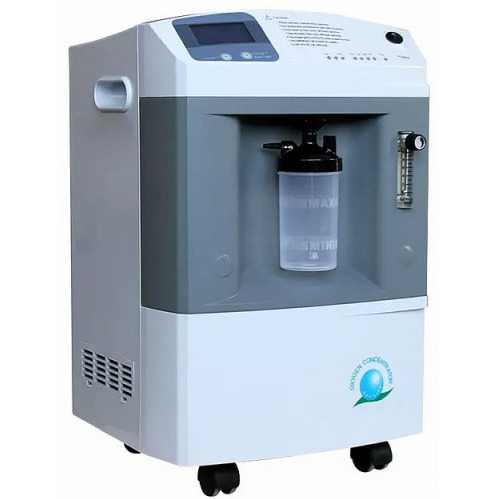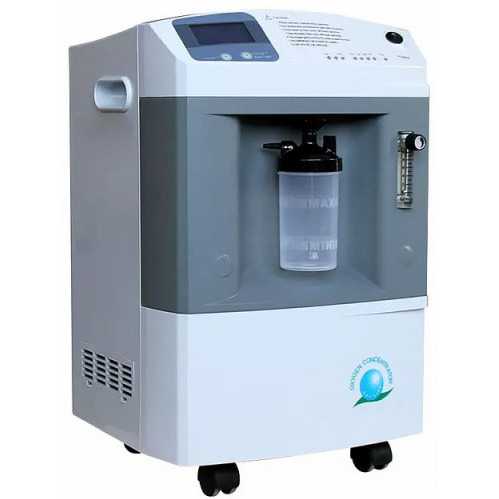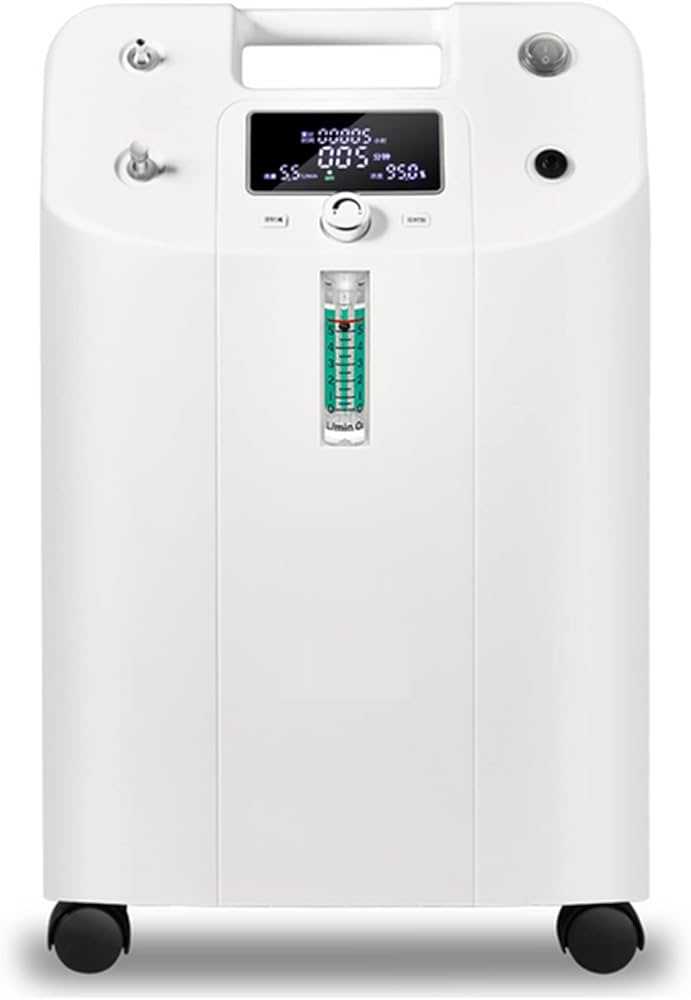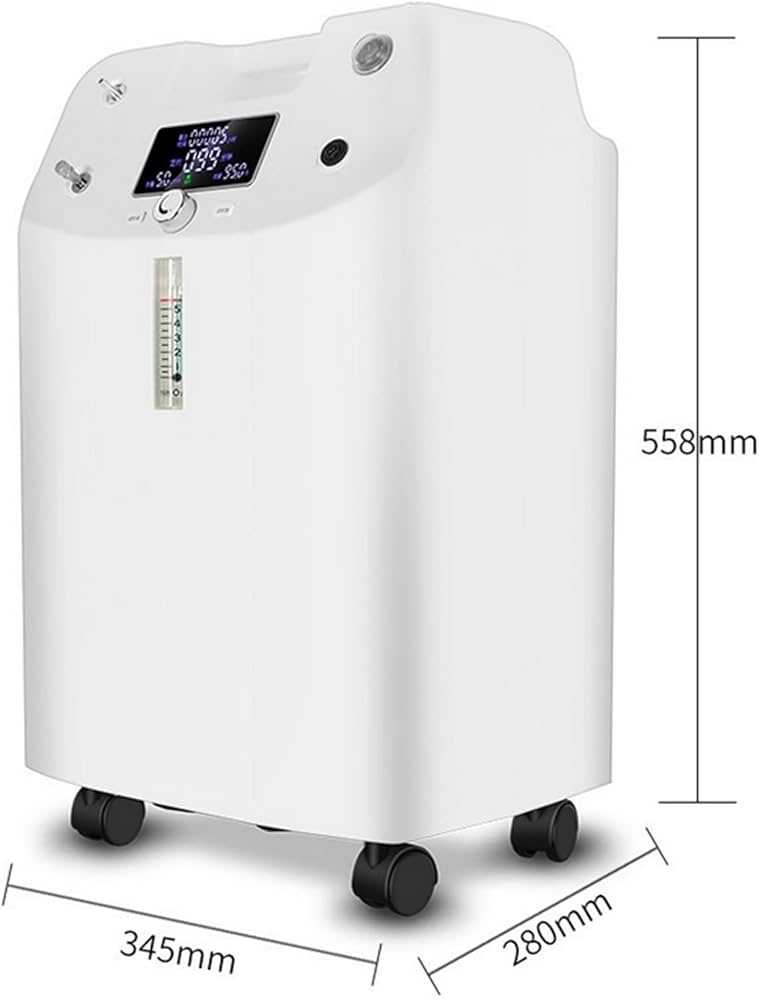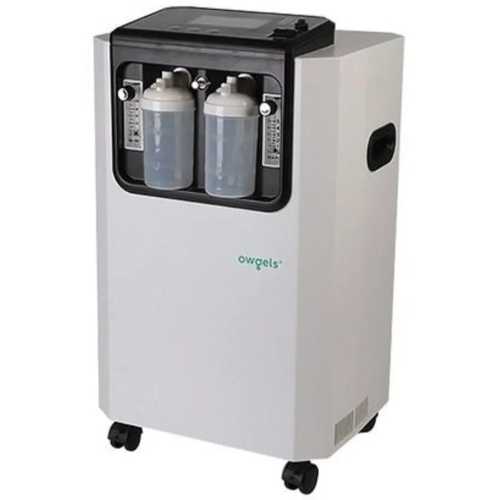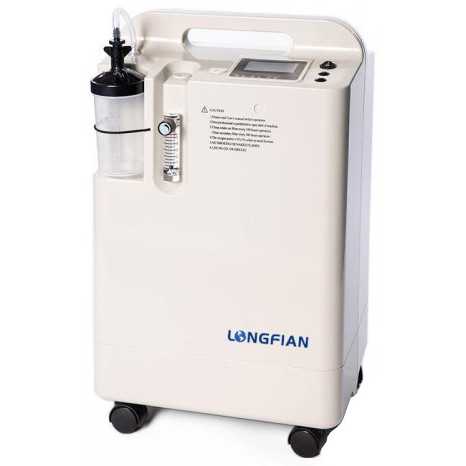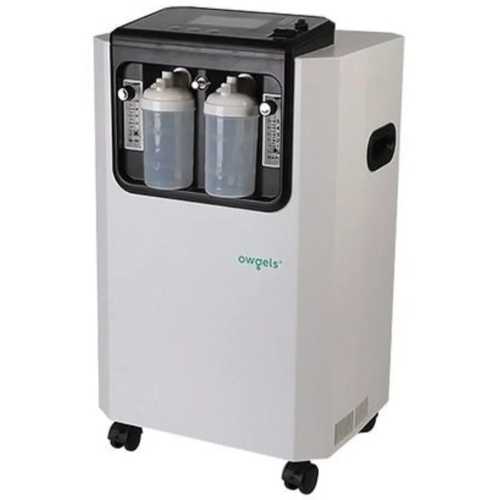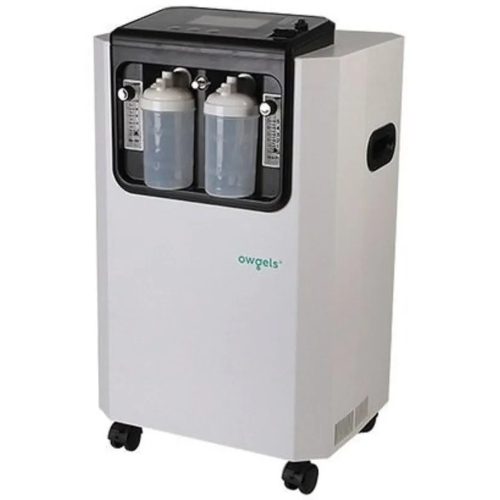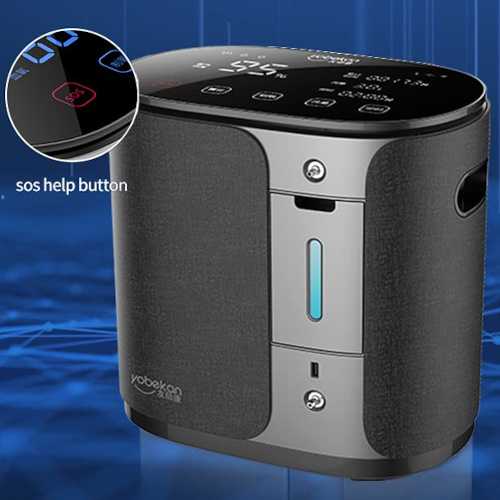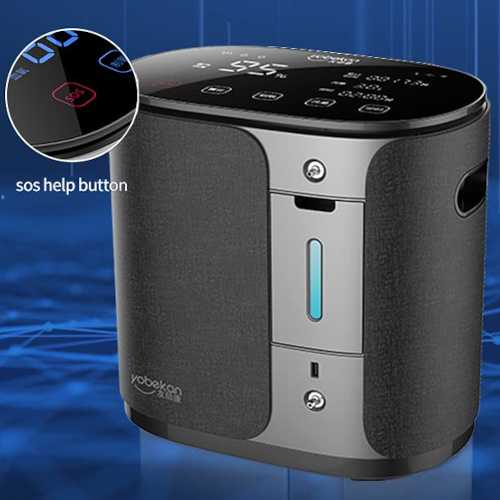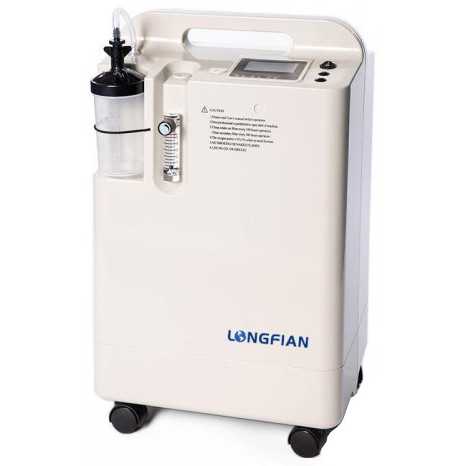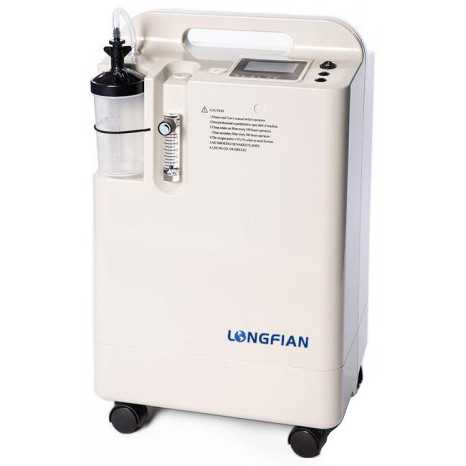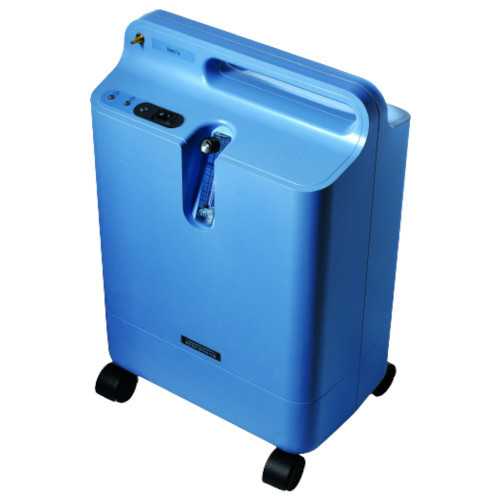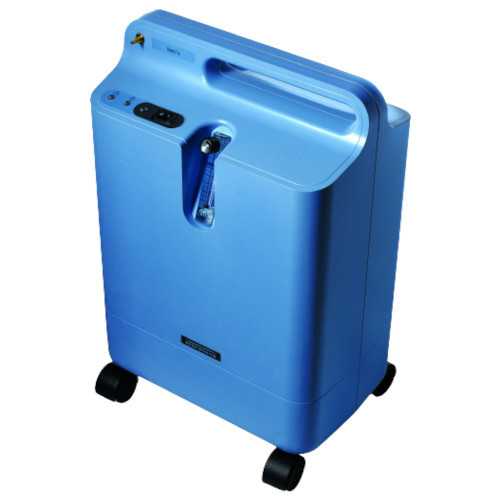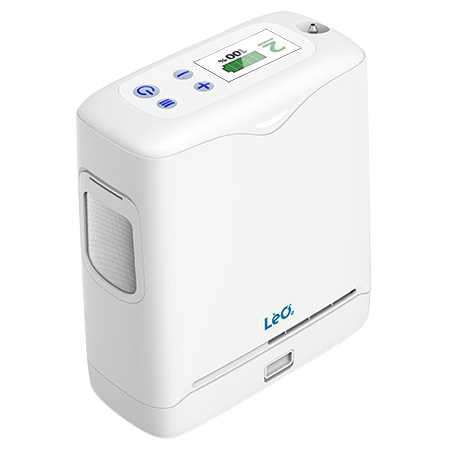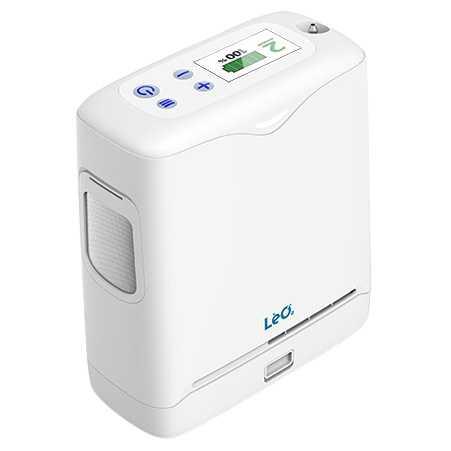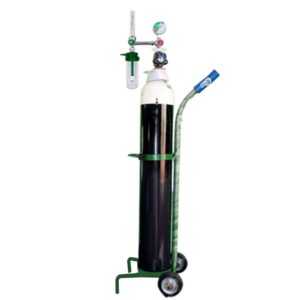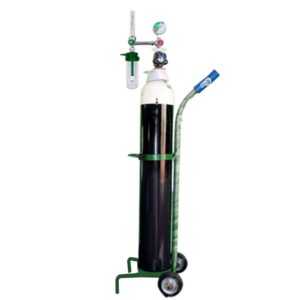Nursing Care for Cerebral Palsy

Nursing Care for Cerebral Palsy
what is cerebral palsy?
Cerebral palsy is an umbrella term that refers to a group of disorders affecting a person’s ability to move. The developing brain is damaged either during pregnancy or shortly after birth. Cerebral palsy (CP) is a disorder that affects movement, muscle tone, and motor skills (the ability to move in a purposeful and coordinated way). CP usually is caused by brain damage that happens before or during birth or during the first 3 to 5 years of a child’s life. This brain damage also can lead to other health issues like vision, hearing, and speech problems; and learning disabilities. Cerebral refers to pertaining to disorder related to the brain and palsy refers to pertaining to weakness or lack of muscle control.
cerebral palsy causes:
Hope you have well understood the cerebral palsy meaning, lets know the causes of it. Cerebral palsy is caused by a deformity or interruption in brain development, usually before birth. In many cases, the exact trigger is unknown. Factors that may lead to problems with brain development include:
Mutations in genes that lead to abnormal brain development
The developing fetus is affected by maternal infections
Asphyxia during birth is also a cause but less common
types of cerebral palsy:
Most people born with cerebral palsy are called “congenital” CP. CP after birth is called “acquired” CP. There are 3 types of cerebral palsy:
Spastic cerebral palsy — most common type of CP causing stiffness and movement difficulties. It is further divided into:
Spastic Diplegia
Spastic Hemiplegia
Spastic Quadriplegia
Dyskinetic cerebral palsy — leading to involuntary and uncontrolled movements. It is further divided into:
Athetoid – Movements are slow, writhing, and curvy.
Choreoathetoid – Movements are uncontrolled and aimless.
Dystonic – Muscle tone is not normal.
Ataxic cerebral palsy — causing problem with balance and depth perception.
Mixed Cerebral Palsy – A mix of various types of cerebral palsy where the patient displays symptoms of more than one type of cerebral palsy.
Cerebral Palsy in Children: CP is one of the most common birth defects usually diagnosed by age 3. Cerebral palsy in children is usually because of the problem in one or more areas of the brain that control muscle movement. The condition causes too stiff or floppy muscles. It can make it hard to sit up or walk. Symptoms range from mild to severe and can include foot-dragging, walking on toes, and other problems while walking. Few types of cerebral palsy are also associated with speech problems and mental retardation.
cerebral palsy symptoms:
Variations in muscle tone like being either too stiff or too floppy
Stiff muscles and exaggerated reflexes (spasticity)
Stiff muscles with normal reflexes (rigidity)
Lack of muscle coordination (ataxia)
Tremors or involuntary movements
Slow, writhing movements (athetosis)
Delays in reaching motor skills milestones like pushing up on arms, sitting up alone or crawling
Favoring one side of the body like reaching with only one hand or dragging a leg while crawling
Difficulty walking especially while walking on toes, a scissors-like gait with knees crossing, a crouched gait, a wide gait or an asymmetrical gait
Problems with swallowing or excessive drooling
Difficulty with eating or sucking
Delay in development of speech and difficulty speaking
Difficulty with particular motions like picking up a spoon or crayon
Seizures
Difficulty with vision and hearing
Intellectual disabilities
Abnormal touch or pain perceptions
Oral diseases
Mental health (psychiatric) conditions
Urinary incontinence
cerebral palsy diagnosis:
A cerebral palsy specialist is best able to diagnose the condition. Cerebral palsy diagnosis may be made in the early stages as an infant is known to be at risk for developing the condition because of premature birth or other health problems. To make the final diagnosis imaging tests like Mri (Magnetic Resonance Imaging), CT Scan (Computed Tomography), EEG (Electroencephalogram), Cranial Ultrasound might be recommended.
cerebral palsy treatment
The type of treatments used depends on the patient’s:
Type of cerebral palsy
Location of movement problems
Level of disability
Co-occurring conditions
As per the cerebral palsy treatment guidelines, the cerebral palsy treatment program is twofold – treatment early in life and lifelong management. Now since you have understood the Cerebral Palsy meaning, it is important to remember there is currently no cure for it. However, the symptoms can be better managed through various types of cerebral palsy therapy, braces, medication, and surgery to allow a fuller life depending upon the severity of the condition. The various kinds of specialists and therapy involved with cerebral palsy are Physiotherapists, Speech Therapists, Occupational Therapists, Physical Therapists, Speech-language pathologists, Pediatricians, etc.
